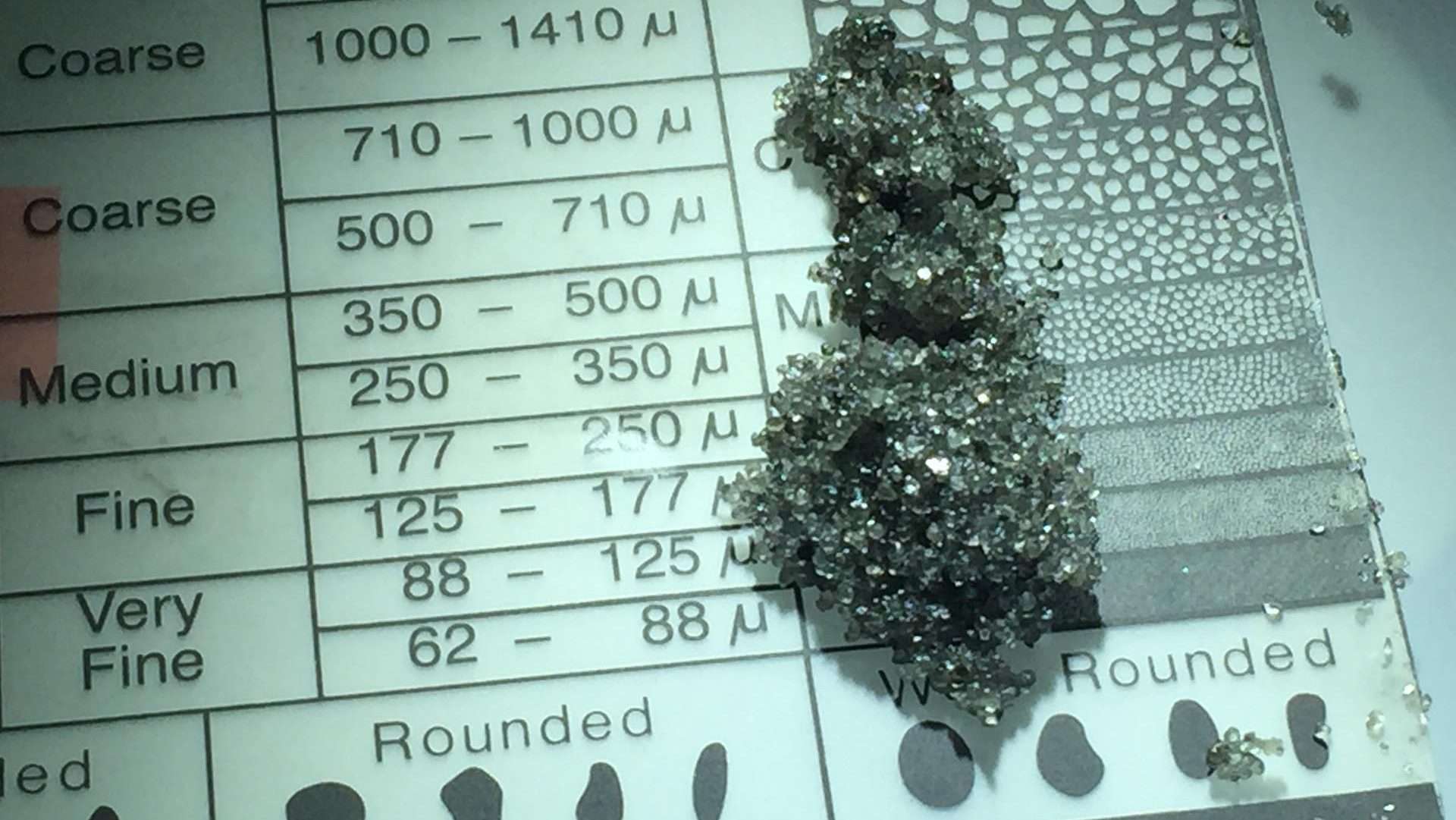Abstract
This paper presents a routine log analysis tech- nique to evaluate macro and rnicroporosity systems based upon the behavior of their respective cemen- tation exponent. The results are supported by the widely accepted correlation between pore geometry and rock tortuosity, as it affects current flow. A plot displaying log-derived cementation exponents (niQ) versus porosity data, hereafter referred to as m-plot, is the basic. tool to achieve the results. Bi- modal pore systems with predominant intergranu- lar porosity present a typical response when ana- lyzed through an in-plot. They are characterized by a significant curvature toward the porosity axis with apparent m values lower than 2. This behavior is coherent with the conductive rock rnatrix model proposed by Givens. The supposed water-wet char- acter of the reservoir leads to an irreducible water volume held in the rnicroporosity, while the macro- porosity accounts for rock productivity. The results are low resistivity pay zones that should be corrected for matrix conduction in order to better estimate hydrocarbon reserves. On the other hand, oolitic grainstones dominated by diagenetic microporosity present a typical linear rn-plot response, the slope of which is being used to differentiate water from oil bearing zones. For a given porosity, apparent m values are greater than those observed in the. rna- croporosity system, allowing both reservoirs to be discriminated with electric logs.



